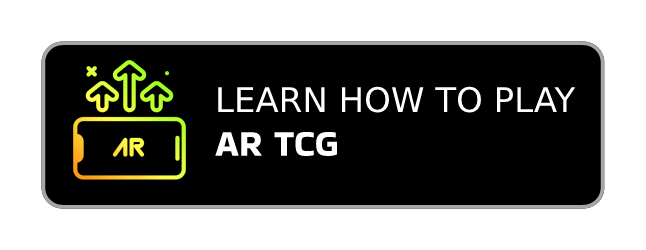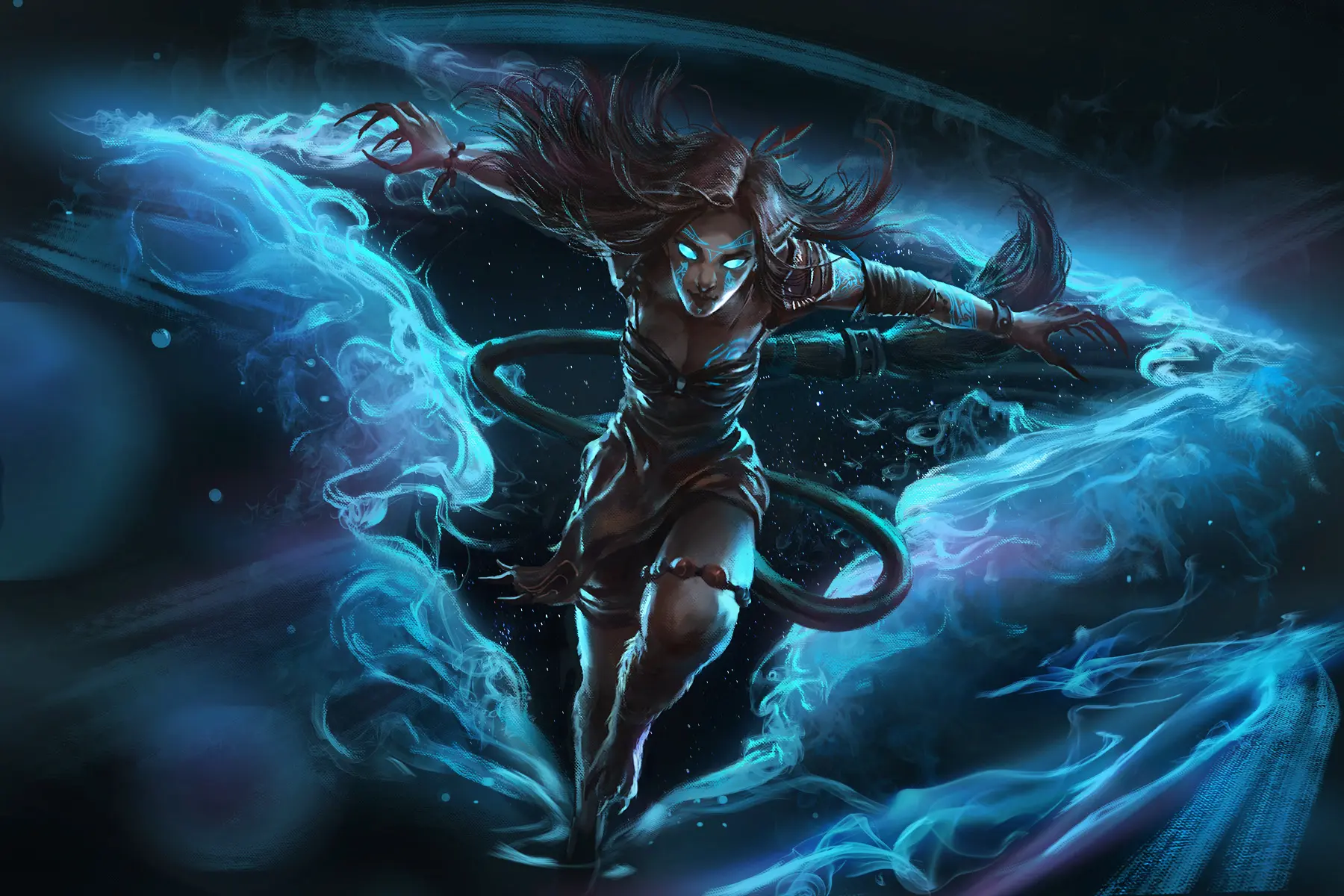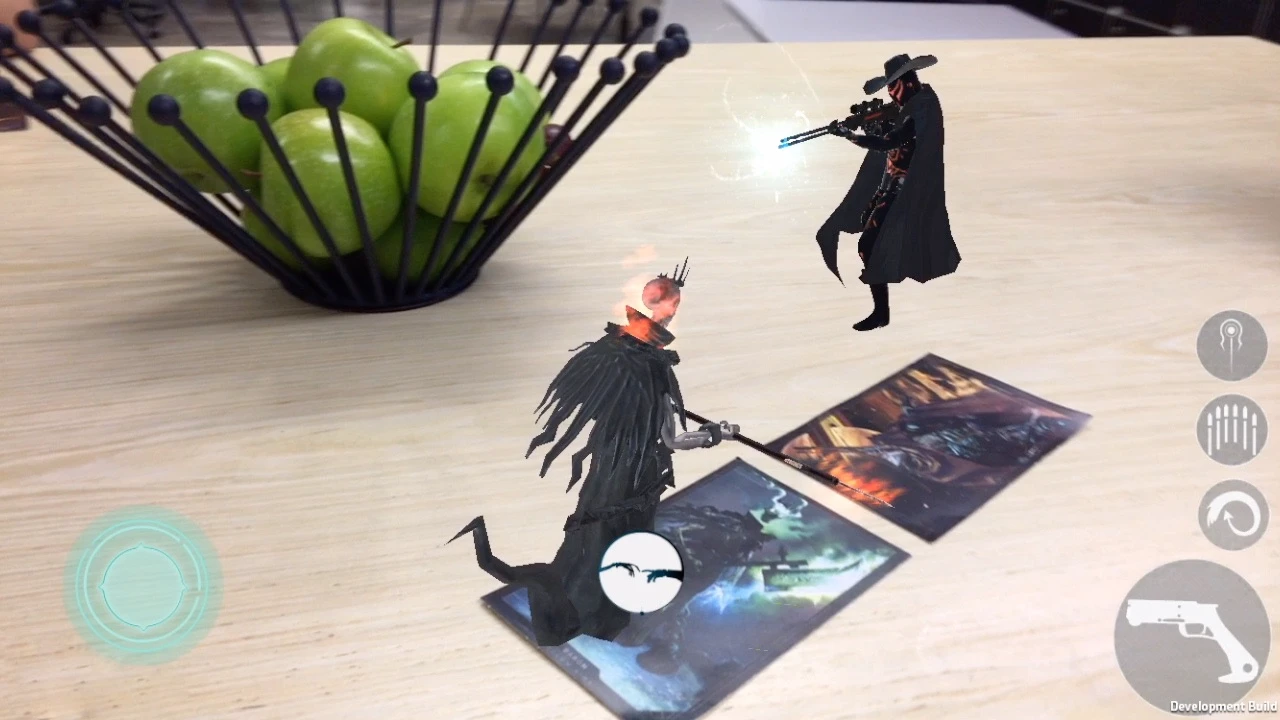Fiducial markers in augmented reality gaming
Fiducial markers are objects placed in a scene to provide a frame of reference for image tracking systems. By tracking the position of these markers in relation to the position and orientation of an AR-enabled device, it is possible to digitally reconstruct a simulated three-dimensional representation of a real-world environment - allowing for additional graphics to be overlayed. Fiducial markers can take many different forms, but they must be highly visible and easily distinguishable from other objects in the environment. Common examples include brightly colored spheres, small pieces of tape, QR codes, or other similar complex patterns.
Fiducial markers are akin to the Iron age of augmented reality gaming. The stone age was QR codes and the current (most modern) era is faciliated by a system called SLAM (simultaneous localisation and mapping). These systems all found their roots in military research.
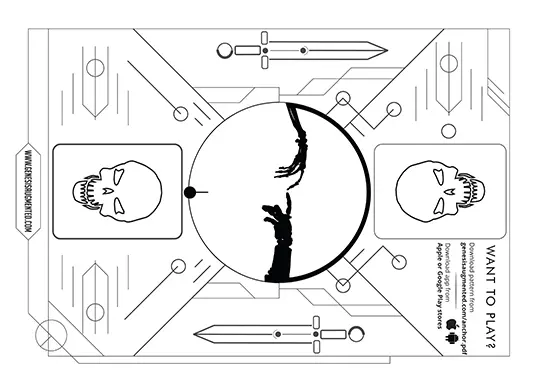
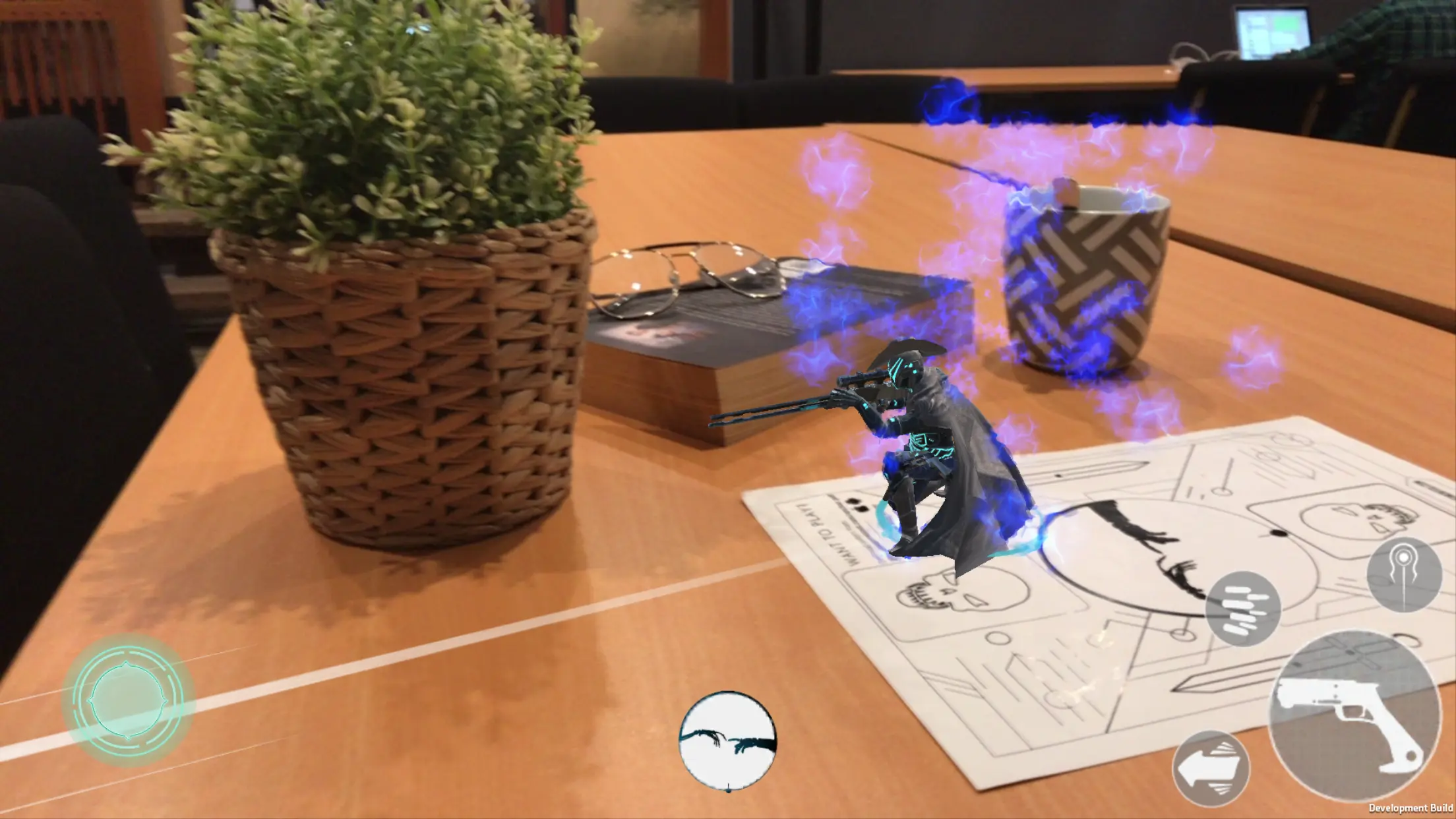
Purpose
In some cases, special purpose hardware such as active beacons may be used. Fiducial markers are often used in computer vision applications such as object tracking and robotic navigation. They can also be used to improve the accuracy of measurements made by medical imaging devices such as X-ray machines and CT scanners.
Fiducials
AR technology relies on a process called fiducial tracking to work. Fiducials are defined objects in the real world that can be tracked by computers. AR applications use fiducial tracking to map virtual object onto the real world. This allows users to interact with virtual reality objects as if they were physical objects.
Types
Fiducials can be anything from simple markers to more complex objects like QR codes. AR applications use different types of fiducials depending on the desired interaction and the user's environment. For example, QR codes might be used in a public space like a museum, while more complex objects might be used in a private space like a construction site. Fiducial tracking is an essential part of AR technology and without it, AR would not be possible.
Materials used for Fiducial Markers
Fiducial markers can be made from a variety of materials, including metals, plastics, cardboard, paper and also biocompatible materials. When choosing fiducial markers, it is important to select a material that is compatible with the imaging modality that will be used. For example, metal fiducial markers are not visible on X-rays, making them unsuitable for use with this modality. Biocompatible materials are often used in order to minimize the risk of adverse biological reactions in a medical scenario. Once placed, fiducial markers can be tracked using various image tracking algorithms. This information can then be used in order to guide doctors and medical devices.
How fiducial markers work in augmented reality gaming
Fiducial markers are special symbols that can be detected by a computer vision system. When used in conjunction with Augmented Reality (AR) technology, these markers can be used to trigger the appearance of virtual objects in the real world. For example, a fiducial marker placed on a table could be used to trigger the appearance of a virtual chess set.
Potential for fiducial markers in augmented reality gaming
The potential for fiducial markers to enhance gaming experiences is just beginning. A number of augmented reality games already make use of fiducial markers to create interactive and immersive gameplay experiences. As AR technology continues to develop, it is likely that fiducial markers will play an increasingly important role in augmenting reality gaming.
The benefits of using fiducial markers in augmented reality gaming
As fiducials markers (fiducials) are objects that can be used as reference points in an environment, they are often used in conjunction with Augmented Reality (AR) systems to provide a more immersive physical gaming experience. For example, a player might place a fiducial marker on the floor or on a tabletop in order to indicate the location of an in-game object.
The use of fiducials
Fiducials can also be used to track the movements of players and objects within a game environment. This allows for more realistic interactions in games where multiple players are physically present in the same surroundings. The use of fiducials can also help to reduce motion sickness, as it provides a more stable frame of reference for players - reducing "AR reference frame drifting" within the augmented reality tracking system. Overall, the use of fiducials can provide a number of benefits for augmented reality gaming.
How to make your own fiducial markers
Augmented reality gaming is a rapidly growing industry, and one of the key elements of any good AR game is precise tracking. Fiducial markers are crucial for increasing tracking stability in certain types of games and are the foundation for a stable gameplay experience. While commercial markers are available, they can be expensive. It is easy to make your own. Different games use different fiducial markers. Go online and download their marker(s) to your computer as image files.
All you need now is a sheet of paper and a printer. First, print out your chosen AR marker pattern onto the paper. Make sure that the pattern is large enough to be easily seen by your AR device's camera. Next, cut out the pattern and tape it to a flat surface. Once the marker is in place, load your AR game and point your device's camera at the marker. It will trigger 3D elements to overlay ontop of the real world.
Games that use fiducials
Fiducials are an important part of many games, especially those that involve tracking movement or predicting actions. One common game example is AR chess, where the different pieces represent different kinds of forces on the board. The board itself can be considered a fiducial, as it provides a shared frame of reference for the players. Other examples include the augmented reality version of Chinese Go, which uses fiducials to represent captured territory, and also AR checkers, which have fiducial markers taped to the top of pieces - using them to track movements around the board.
The future of fiducial augmented reality gaming
Augmented reality gaming takes the traditional gaming experience and adds an extra layer of immersion by using real-world objects as part of the game. One type of augmented reality game that has gained popularity in recent years is fiducial augmentation. In this type of game, players use physical markers (called fiducials) to interact with virtual objects. For example, a player might place a fiducial on a coffee table and then use it as a platform for a virtual character to stand on. Facilitating a interactive holographic illusion where virtual characters are placed in the real world.
Fiducial augmented reality gaming offers a unique blend of real-world and virtual gameplay that has immense potential for future development. As technology continues to evolve, we can expect to see even more innovative and immersive augmented reality games that are reminiscent of holograms used in science fiction movies.
Unlike traditional video games, which are 100% virtual, fiducial augmented reality games use physical objects as game pieces. These objects can be anything from toy cars to pieces of fruit. The game board is then projected onto a player's real-world surroundings, allowing them to physically interact with the game in a three-dimensional space. Fiducial augmented reality games offer a unique and exciting way to play video games, and they are sure to become more popular in the years to come.
Genesis Augmented Reality Trading Card Game
The Genesis Augmented Reality game is an innovative new way to play trading cards. Using a deck of collectible cards, players are able to use Augmented Reality to summon monsters and engage in a realitime 1v1, 3v3 or 5v5 deathmatch. Cards are purchased in booster packs and are clones of monsters from throughout Space and Time.
Unlike other trading card games, each individual Genesis AR card tracks experience points, kill count and is able to be levelled up by winning battles. You must be careful however - every encounter carries high stakes. If a card dies, they will lose their gathered experience points.
Destroy your enemies at a variety of gameplay scales - Tabletop, living room or giant mode.
The game includes a variety of different game modes and challenges, players compete to add their highscore to the top of the global leaderboard. Genesis AR TCG offers a unique and immersive gaming experience. If you're looking for something new and exciting to play, the Genesis Augmented Reality game is definitely worth checking out.
So grab your pack of cards, pick up your smartphone and jump into the world of Genesis.
FAQ's
What is augmented reality gaming?
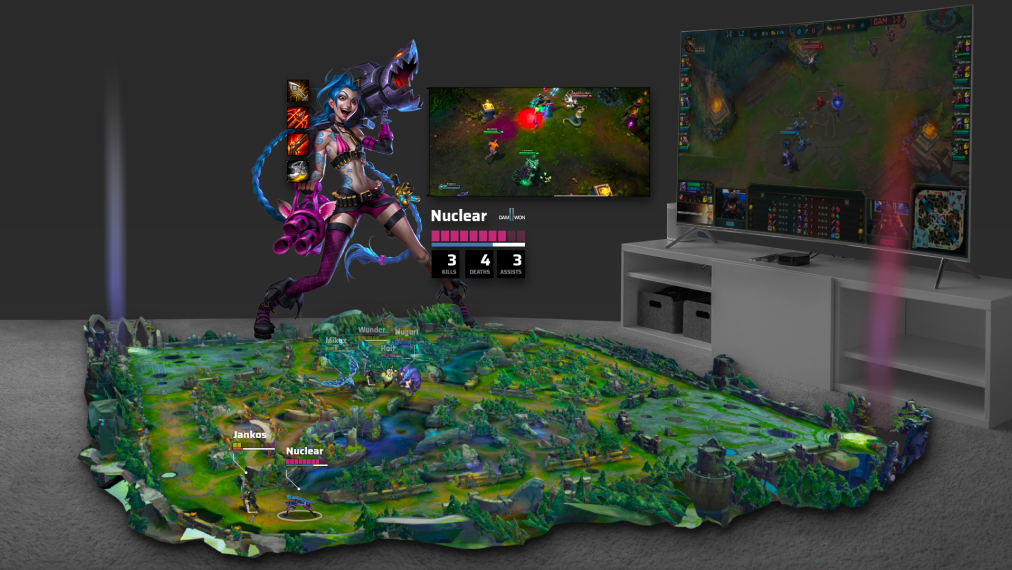
Augmented reality gaming (ARG) refers to video games that use real-world objects and environments as part of the game play. In ARGs, players use their smartphones or other devices to scan their surroundings, which are then overlaid with digital information or images. This can include anything from GPS coordinates to enemy locations. ARGs usually require players to physically travel to different locations in order to progress in the game.
Play augmented reality games
There are many different types of video games on the market today. One popular category is augmented reality (AR) games. These games use real-world environments and allow players to interact with them in a virtual way.
There are a number of different AR games available, and each offers its own unique gameplay experience. Some popular AR games include Pokemon Go, Ingress, and Jurassic World Alive. These games are all available for download on smartphones and tablets.
What are the benefits of augmented reality gaming?
There are several benefits of augmented reality gaming. It encourages players to get up and move around, which is great for physical fitness. It helps players to explore and learn about their local area. Third, it can be played with friends or family members, which promotes social interaction. Finally, it is a great way to have fun and stay entertained!
What are some popular AR games?
Some popular AR games include Pokémon Go, Ingress Prime, Ghostbusters and AR TCG.
